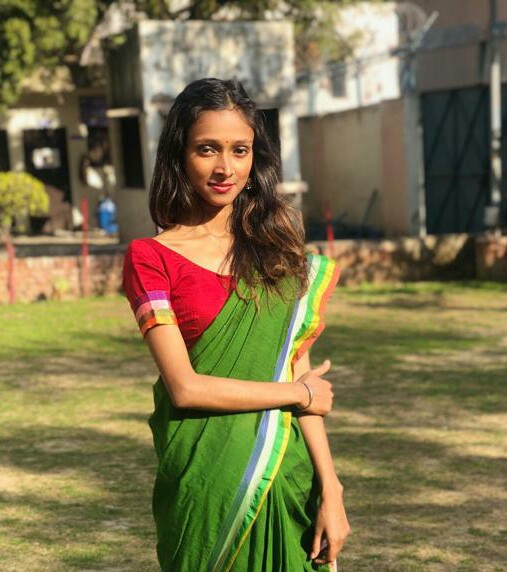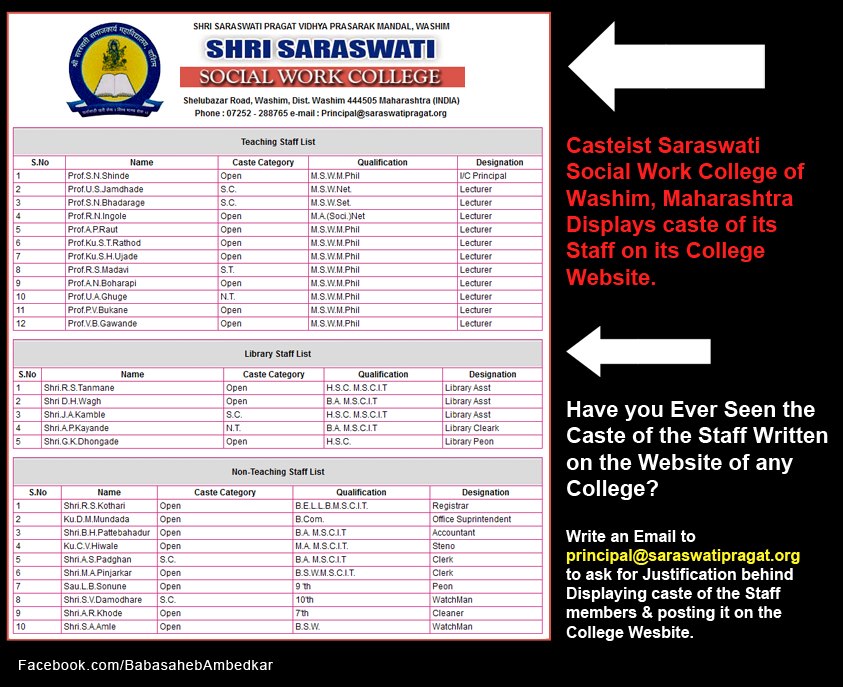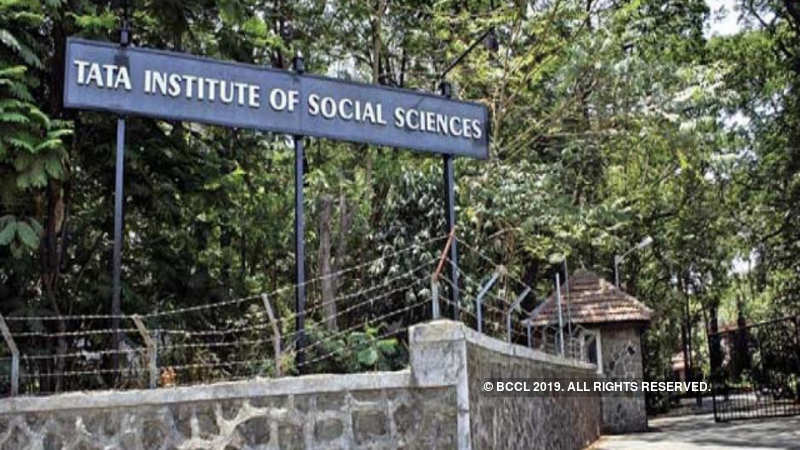Ritu
 Mahabharata and Ramayana are considered as the biggest epics (Mahakavya) of India. These are back in popular discussion with the reruns of their TV serials on Doordarshan amid the Covid-19 crisis. Those who have access to television are watching the serials with great interest as shown by the rising TRPs of Doordarshan.
Mahabharata and Ramayana are considered as the biggest epics (Mahakavya) of India. These are back in popular discussion with the reruns of their TV serials on Doordarshan amid the Covid-19 crisis. Those who have access to television are watching the serials with great interest as shown by the rising TRPs of Doordarshan.
Coming to Mahabharata, the authorship of this great epic is accredited to Ved Vyasa. Mahabharata is present in written and oral forms and has many versions, from the perspectives of different regions, castes and genders. It is popularly said that the Mahabharata touches every aspect of human life; that it has thrown light on every kind of possible human relationship, including the teacher-pupil relationship. Although the main characters of Mahabharata are Pandavas, Kauravas, Bhishma, Shakuni, Kunti, and Drona, but the minor characters like Eklavya and Karna have also created a huge impact. There are multiple anecdotes circulated on Arjuna’s bravery, Bhishma’s sacrifice and Drona’s knowledge but Karna’s archery skills and Eklavya’s devotion towards his teacher are side-lined.
Eklavya was the son of Hiranyadhanu who was the King of the forest-dwelling Nishad (tribal/lower-caste) community. Guru Drona refused to teach Eklavya because he was not a Kshatriya, and belonged to a tribe. Moreover, Drona asked Eklavya for his thumb as Guru Dakshina (teacher’s fee), disabling him as an archer. When Arjuna questioned Guru Drona about it, Drona said that he can’t train Eklavya because he will fight along with the enemies of Hastinapur. Does this explanation really answer the question? Drona didn’t train Eklavya because he belonged to the Nishad community and also because he wanted Arjuna to become the greatest archer. It is completely understandable that Drona denied education to Eklavya, but did he have the right to ask for his thumb? Even if Drona didn’t want to provide him education, he still had no right to disable Eklavya, preventing him from getting education through other ways. This episode reflects the Brahmanical structure of the society where only Kshatriyas were allowed to become archers.
The story of Karna is another example of the caste-ridden society. He was adopted by Adhiratha, a charioteer, who belonged to sutta (low-caste) community. The suttas were allowed to drive the chariots of the kings, but not to become archers. Karna desperately wanted to become an archer. When Bhishma saw the archery skills of Karna he was amazed, but told Karna’s father, Adhiratha, “Indeed your son has great skill, like kshatriyas, but he can’t practice weaponry, as this is reserved for kshatriyas only. If a son of sutta becomes an archer it will go against Parampara (Tradition), which will be a violation of Dharma (religious duty/order).” On the pretext of Parampara and Dharma a sutta-putra (son of a sutta) was not allowed to practice archery. Later, when Karna wanted to show his skills by challenging Arjuna, he was not allowed to do so, as only a Kshatriya can challenge another Kshatriya. Iravati Karve, in her book, Yuganta: The End of an Epoch, writes that despite becoming a friend of Duryodhana, Karna was never accorded equal status. He married a sutta-kanya (daughter of a sutta) and even his sons were married within the sutta community.
These stories are examples of a caste-ridden society where opportunities were given to upper castes and dreams of lower castes were suppressed. Discrimination in education was present in colonial India too. During that period, caste associations were formed for the welfare of particular castes. It was not only the upper castes who formed these organisations, the backward and lower castes also formed caste associations for the emancipation of their caste groups. When entry to government jobs was opened for Indians, upper caste communities opened schools for exclusively educating upper-caste students for these jobs. Lower caste students were not allowed to take admission in these schools. Prasanna Kumar Chaudhury writes in his book Svarg Par dhava: Bihar me Dalit Aandolan-1912-2000 that the backwards and untouchable communities didn’t have the money and the power to open colleges and schools for their castes. Thus, they were dependent on government schools and colleges, where they were discriminated against in many ways. The upper caste teachers refused to teach them, many upper caste students didn’t want to sit beside them, and they were forced to do menial labour for the schools. In his book, The Untouchables, Ambedkar has highlighted that the Brahmins wanted to maintain monopoly over the education system. They firmly tried to maintain the varna system so that they could enjoy the status of being the priestly as well as the educationist class.
Connecting the stories of Eklavya and Karna and experiences of Colonial India to the present context, in today’s world also we are witnessing examples of caste discrimination in educational institutes, and favouritism by upper caste teachers towards upper caste students.
Today, the situation has changed a little and we see Dalit students in our schools and colleges. But when we compare the spread of education between forward and backward castes the backward castes still fall behind. The literacy rate among the scheduled castes is 66 percent which is 8 percent lower than the average Indian literacy rate of 74 percent and among the scheduled tribes the rate is just 59 per cent which is 15 percent lower than the average.
Dr. Tulsiram, in his autobiography, Murdahiya, has explained the hard struggle of his educational journey. When he was born, no one from the Dalit community was literate in his village. They had to visit educated Brahmins to get their letters read. He was the first member from his community who went to school and in school also he was abused by his upper caste teachers. His teacher called him “chamarkit” (caste-based derogatory word). He had to face taunts and mockery by the Brahmins of his village. It was difficult for them to digest the progress of a Dalit boy.
The presence of Dalit and Adivasi IAS officers, professors, scientists, engineers and doctors show that the state of education amongst Bahujans has improved, but this does not mean that discrimination has stopped. There are many Eklavyas and Karnas who are deprived of education. Unfortunately we still have the example of Rohith Vemula, Payal Tadvi, Muthukrishnan and Fathima Lateef who ended their lives due to caste and religious discrimination. Many upper caste teachers are teaching lessons on Ambedkar and Phule but they themselves seem unable to take lessons from these personalities. Many professors are researching on Dalit issues but they themselves discriminate against Dalit researchers by failing them, not passing their theses, giving low scores in viva, and mocking their English.
The world needs to take lessons from the stories of Karna and Eklavya. Despite being marginalised, they had the courage to pursue their education. The teachers should not become like Drona who committed to teach only the students from a certain group. Their mentality towards Bahujan students should change and they shouldn’t question these students’ merit. Equal opportunity should be provided to everyone, so no one is deprived of getting education because of their caste, colour or gender. Lastly, for all the marginalised: don’t be afraid of fulfilling your dreams. In your journey you may meet some Dronas, but don’t give your thumb to them.
~
References
TV Serials
Chopra, B.R. Mahabharata, Released on DD National (2nd October1988- 24 June 1990)
Tewari, Siddhartha Kumar, Mahabharata, Released on Starplus (16th September 2013-16th August 2014)
Reports
Census of India, 2011 Government of India
Autobiographies
Das, Bhagwan, Mai Bhangi hu, Gautam book Centre, Delhi, 2007
Tulsiram, Murdahiya, Rajkamal Prakashan, New Delhi, 2010
Tulsiram, Manikarnika, Rajkamal Prakashan, New Delhi, 2014
Books
Ambedkar, B.R. The Untouchables: Who were they and why they became untouchables?, Amrit Book and Co. New Delhi, 1948
Karve, Iravati Yuganta: The End of an Epoch, Orient Longman, October, 1995
Chaudhury, Prasanna Kumar, Svarg Par Dhava: Bihar me Dalit Aandolan, Vani Prakashan, New Delhi 2005
Caroll, Lucy, Caste, Social Change, and the Social Scientist: A note on Ahistorical Approach to Indian Social History, Association of Asian Studies, Vol.35, (Nov. 1975), pp.63-84
Verma, Ramkumar, Eklavya, Bharati Bhandar, Leader Press, Allahabad, 2015
~~~
Ritu is a research scholar (University of Delhi), researching on Dom (scheduled caste) of Bihar.










